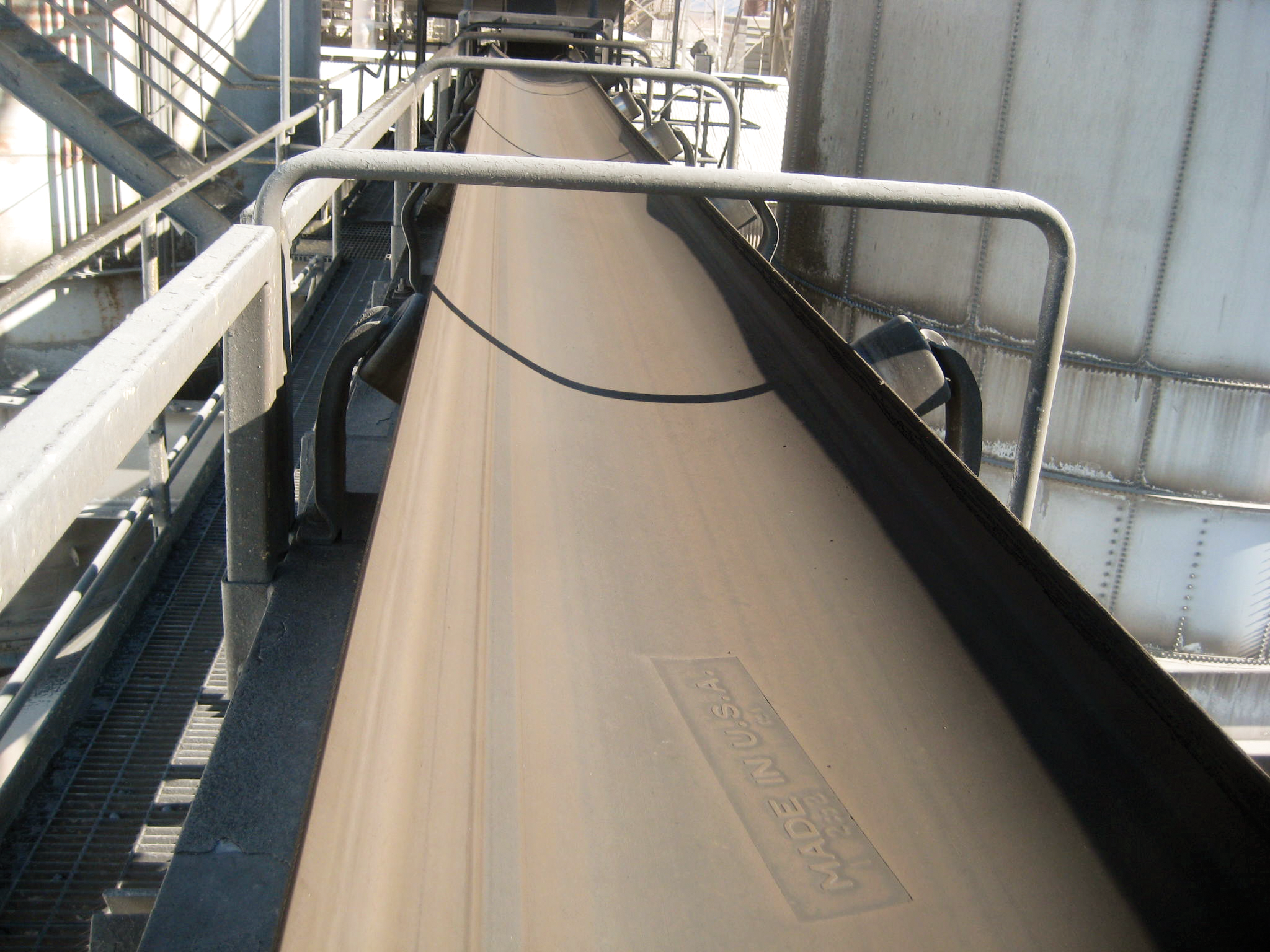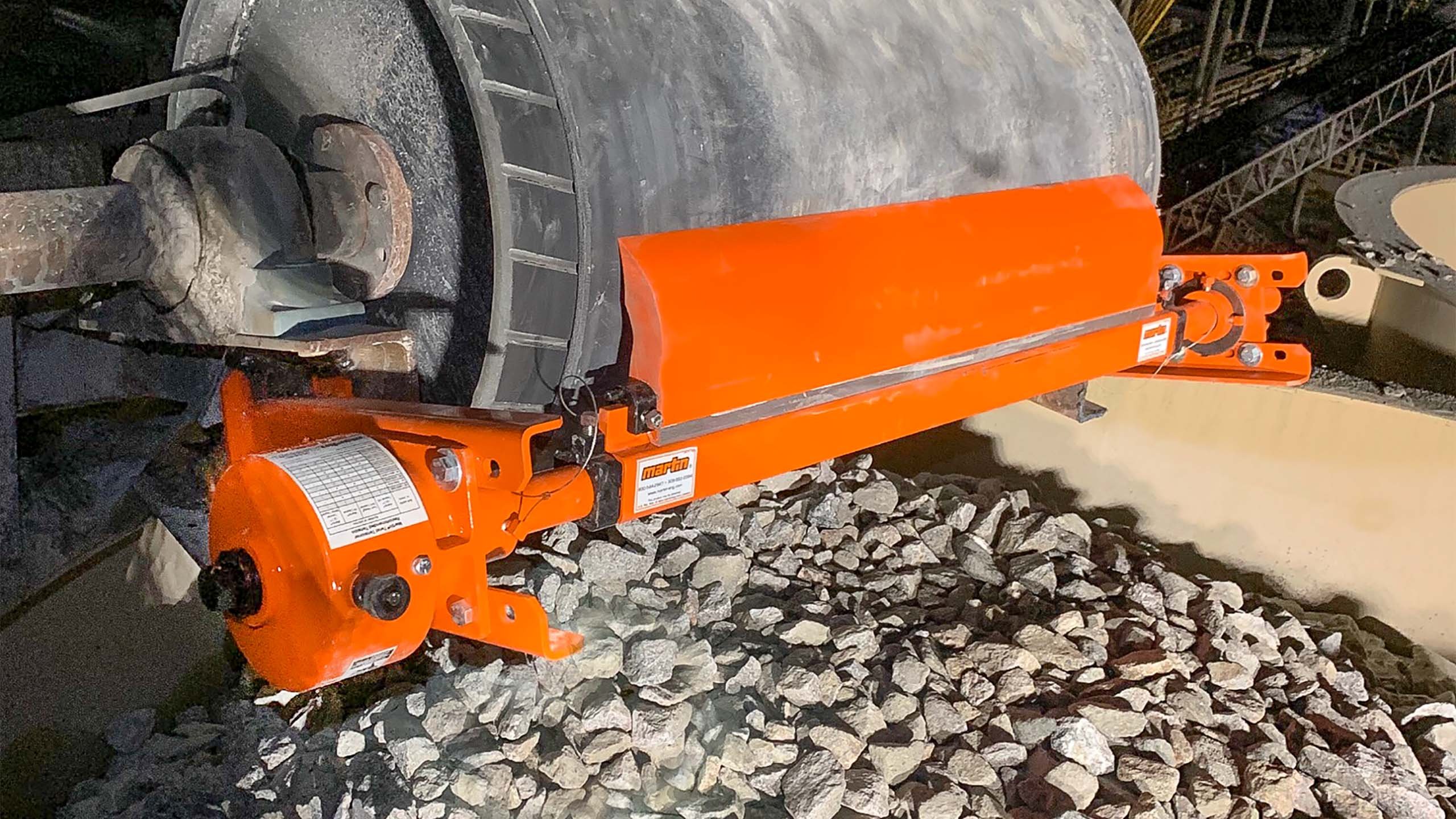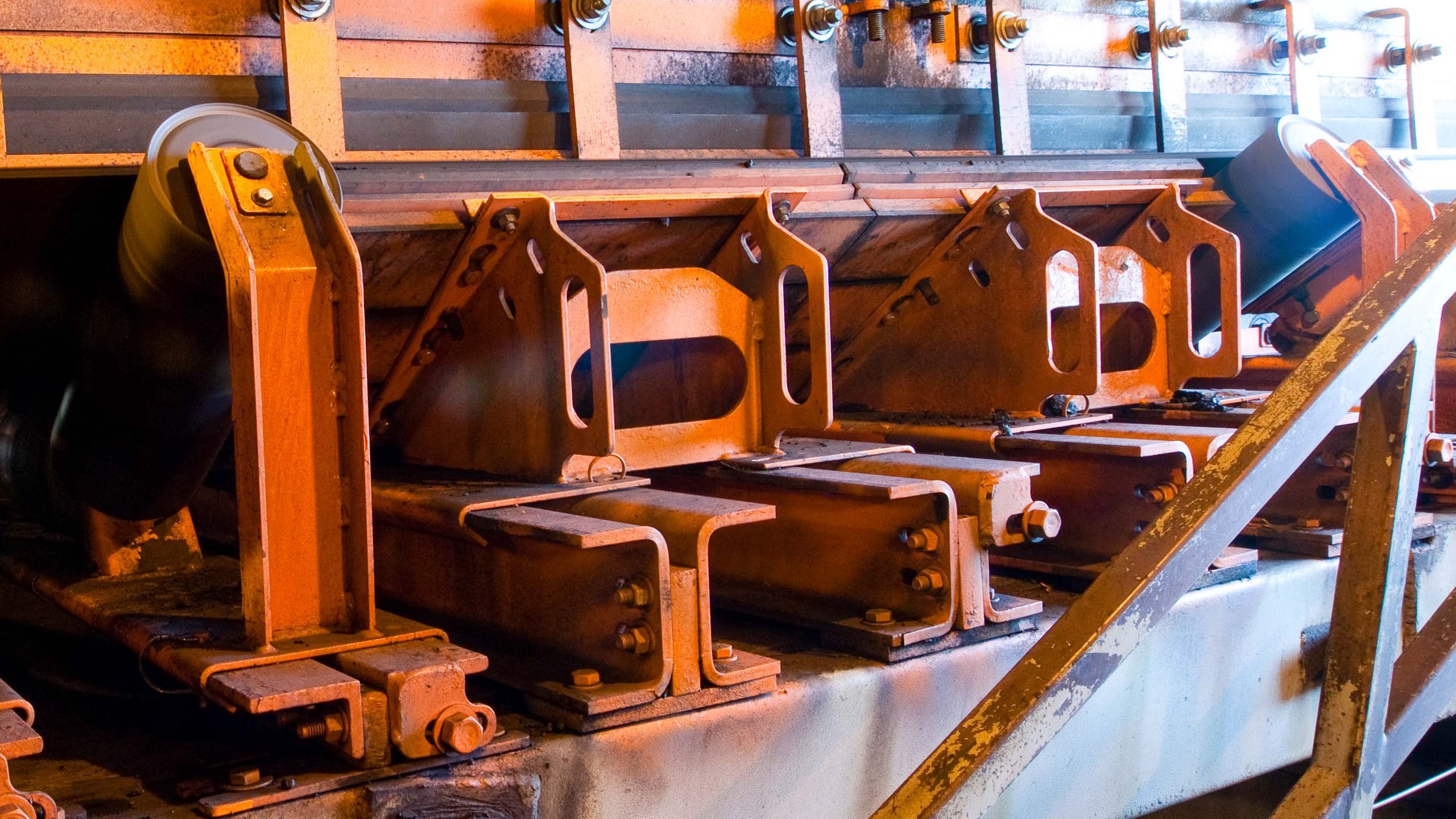Because of how belt cleaners function, placing constant pressure across the width of the belt, it is important for the belt to provide an even surface to press back against the blade. Damage to the belt such as cracking, fraying, delamination or gouges in the top cover, from exposure to chemicals and the elements or even belt misalignment, can create difficulties for the belt cleaners. Similar problems can occur with patterned belt surfaces such as those from polyvinyl chloride (PVC) belting. In either case the only effective method to remove residual material is by washing the belt.
Some belts also feature marks from the manufacturers on the top cover, including identification numbers and corporate logos. While these provide clear advantages for cataloging or branding, they also produce the same kinds of problems for belt cleaners as the less deliberate PVC patterning, and can pose similar issues for sealing systems. A better practice is to brand the belts on the bottom cover side.

A separate problem can occur with steel-cable belts that feature hard and soft “streaks” between the cables hidden within the rubber of the belt. Often operators increase the pressure to accommodate cleaning within the softer patches, producing unnecessary wear on the belt cover and the blade.
All methods of belt cleaning and all blade materials will wear the belt’s top cover to some degree and at least one manufacturer has introduced belting that takes this into account. Designers generally accept a certain amount of wear from belt cleaners because of the potentially dramatic, and significantly less predictable, damage that can accrue from the build0up of carryback and other fugitive materials. Meanwhile, the fact that designers must generally accept a certain degree of wear allows them to choose top covers based on other concerns such as material loading.
Occasionally, conveyor belts will suffer damage from an isolated event, such as an unusually large lump of material or tramp iron wedge against the belt, that will result in a longitudinal groove across the belt. Often these grooves will cause difficulties for traditional belt cleaners. To improve cleaning efficiency and reduce the chance of further damage, the groove could be dressed by applying a urethane patch to fill the groove. This process may need to be repeated over time, but localized cleaning with an air knife, brush cleaner, or similar tool can also prove effective.




















Leave Comment